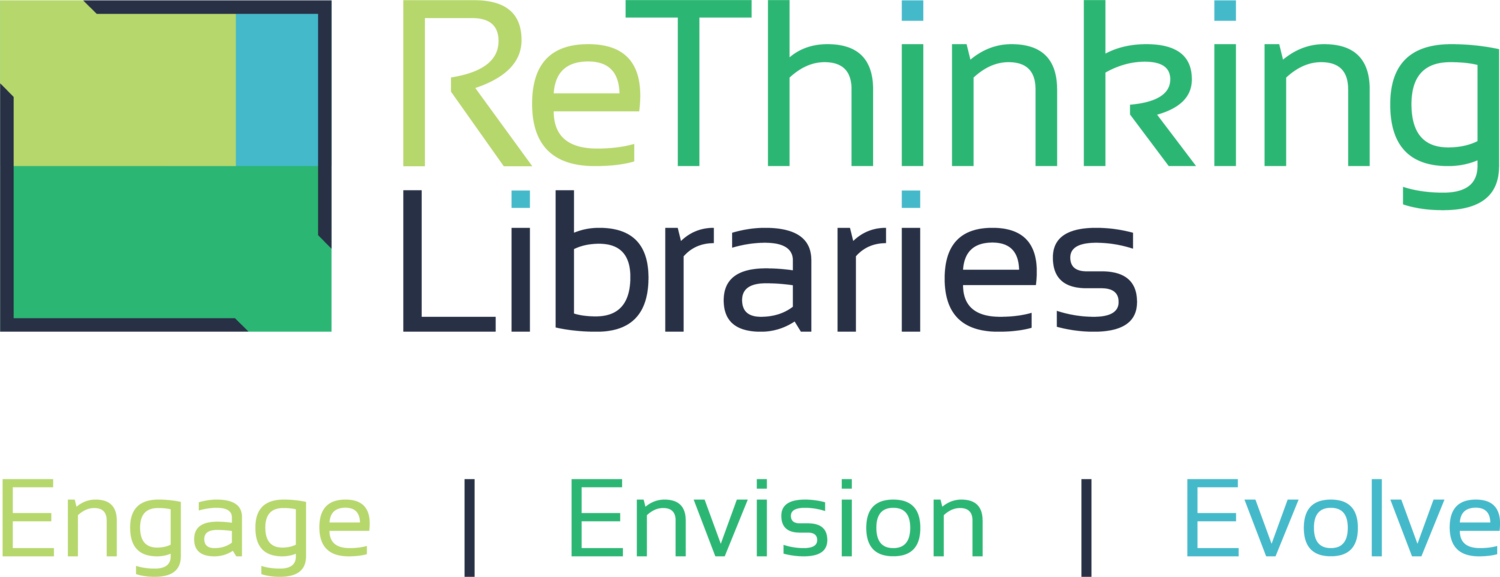Shaping the Future of a Rural Library: Insights from Adrian District Library's Journey
In rural Adrian, Michigan, the Adrian District Library (ADL) serves as a cornerstone for its community of roughly 21,000 residents. As a small rural library, it offers a unique glimpse into the power of strategic planning and the transformative impact of community-focused initiatives. Chelsey Boss, the library's Assistant Director, knows that their strategic plan is essential in helping them move forward.
Understanding the Community
ADL is conveniently located in downtown Adrian, making it accessible for most residents to walk to. This accessibility fosters a strong daily visitor count and ensures the library remains a vital hub for connection and resources. "We’re right in the heart of downtown," Boss shared, "so it’s natural for us to be an everyday part of people’s lives."
Despite this centrality, the library faced challenges that required a strategic approach to overcome. With a desire to meet community needs and better articulate its goals, ADL partnered with ReThinking Libraries (RTL) to develop a comprehensive strategic plan.
The Planning Process
Beginning in 2020, ADL embarked on a process of discovery and planning. Boss explained, "RTL helped us craft a strategic plan and conduct a building analysis. These tools gave us a roadmap to clarify our goals and visualize the possibilities for future projects."
This process wasn’t just about internal reflection—it actively involved the community. Focus groups provided valuable insights into what residents wanted, from more programming for all ages to homebound delivery services. These meetings also revealed gaps in the community's awareness of existing services, highlighting the need for better marketing.
Having a written plan has proven indispensable. "Without a plan, it’s hard to know what we’re aiming for," Boss noted. "Our work plan helps us narrow our focus. It’s also easier to explain to the community what we’re doing and why, and to show the progress we’ve made."
Initiatives That Transform
The strategic plan empowered ADL to pursue initiatives that are as impactful as they are creative. One standout project involved redesigning the youth services area. The space, originally a 1970s department store, hadn’t been updated in decades. "The treehouse in the center was inaccessible and blocked the view," Boss explained. "We wanted something more welcoming and engaging for kids."
Today, the space is vibrant and functional, featuring interactive toys like a veterinary station and kitchen, as well as an improved layout that accommodates growing collections. The former yellow walls have given way to a more eye-catching and inviting design, complete with updated shelving and additional outlets for parents to plug in while their children play.
ADL also reimagined its teen area, making it more accessible by moving computers from high-top tables to standard-height workstations. The teen-only space also has comfortable seating for socializing and tables for group work.
Meanwhile, a former café alcove has become a art gallery. The library was able to partner with the Adrian Center for the Arts, showcasing works by local artists and students. "We’re excited to change the exhibits every few months," Boss said, highlighting a recent project where quilt art was later donated to local shelters.
Reaching a Diverse Community
Adrian’s population includes a significant bilingual and Spanish-speaking segment (19%), prompting the library to create bilingual staff positions. "These roles have opened doors to reach parts of the community we hadn’t before," Boss said. With these positions in place, ADL has expanded its programming and outreach efforts, building stronger connections with its diverse audience.
The library's outreach initiatives also gained momentum thanks to a recent millage campaign. Passed with an impressive 83% approval in May 2024, this funding measure restored the library’s operating budget to 2.5 mills for the next decade. Boss sees this as a testament to the community’s trust in the library. "It’s a vote of confidence," she remarked.
Looking Ahead
With additional funding secured, ADL has its sights set on further improvements. High on the list are new public and staff computers, as well as a dedicated computer lab to accommodate the growing demand for classes. Currently, the public laptops are over ten years old. "Right now, our lab is in the middle of the library, which makes teaching difficult," Boss explained.
Planning for the library’s next strategic phase is already underway, with community meetings scheduled to shape a new plan by February. Boss expressed optimism about what lies ahead. "We’ve come a long way," she said. "Having a clear plan keeps us focused and ensures we’re meeting the needs of our community."
Takeaways for Libraries
The Adrian District Library’s journey offers valuable lessons for libraries of all sizes. By investing in strategic planning, libraries can not only address immediate challenges but also position themselves as indispensable community partners. As Boss noted, "Having our goals mapped out on paper makes a world of difference. It’s easier to focus, communicate, and show progress."
For rural libraries, the key to success lies in listening to the community, building strong partnerships, and embracing change. Whether it’s redesigning spaces, creating new staff roles, or showcasing local art, libraries like ADL remind us of the enduring power of listening and collaboration in fostering community growth.




